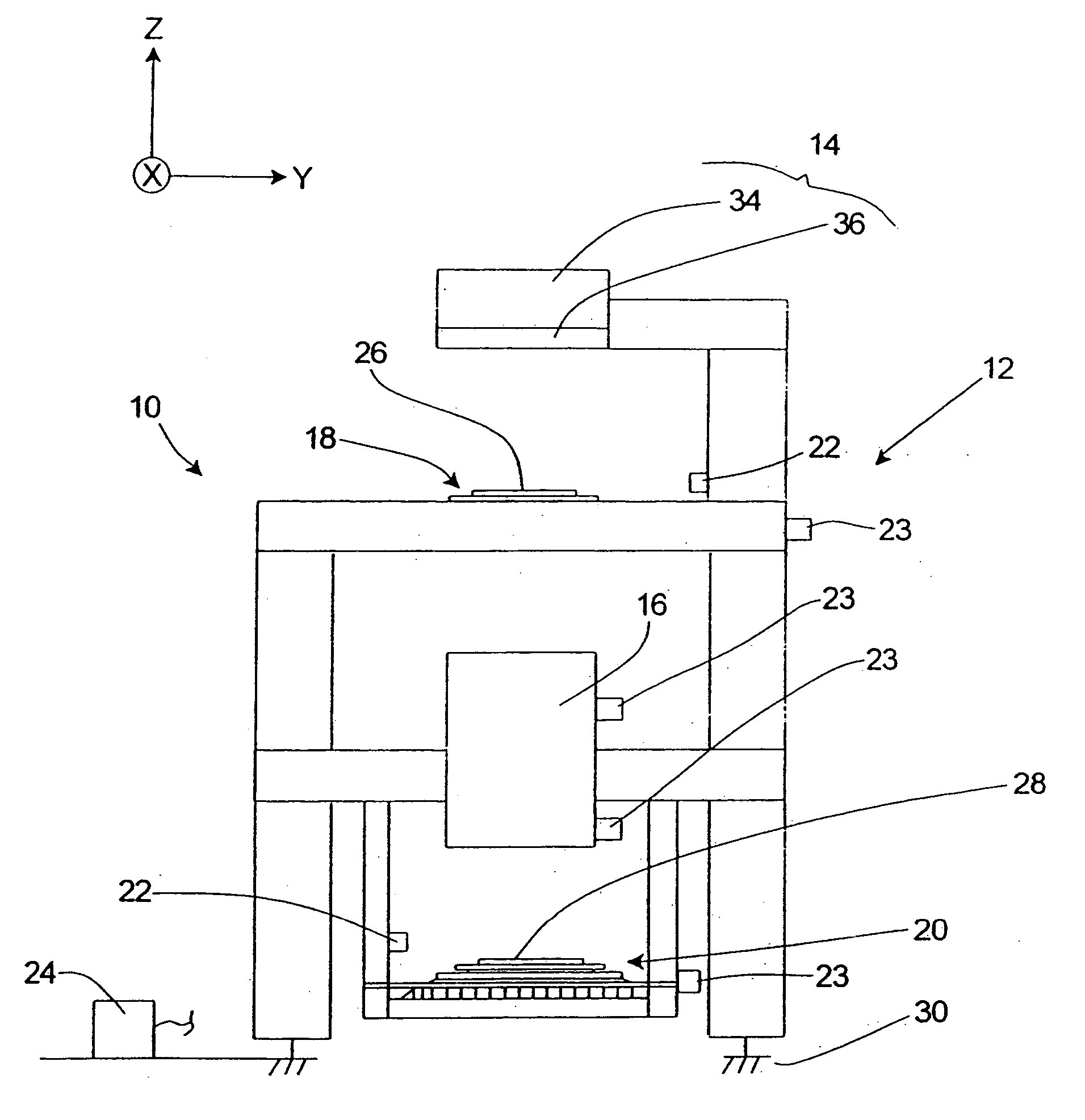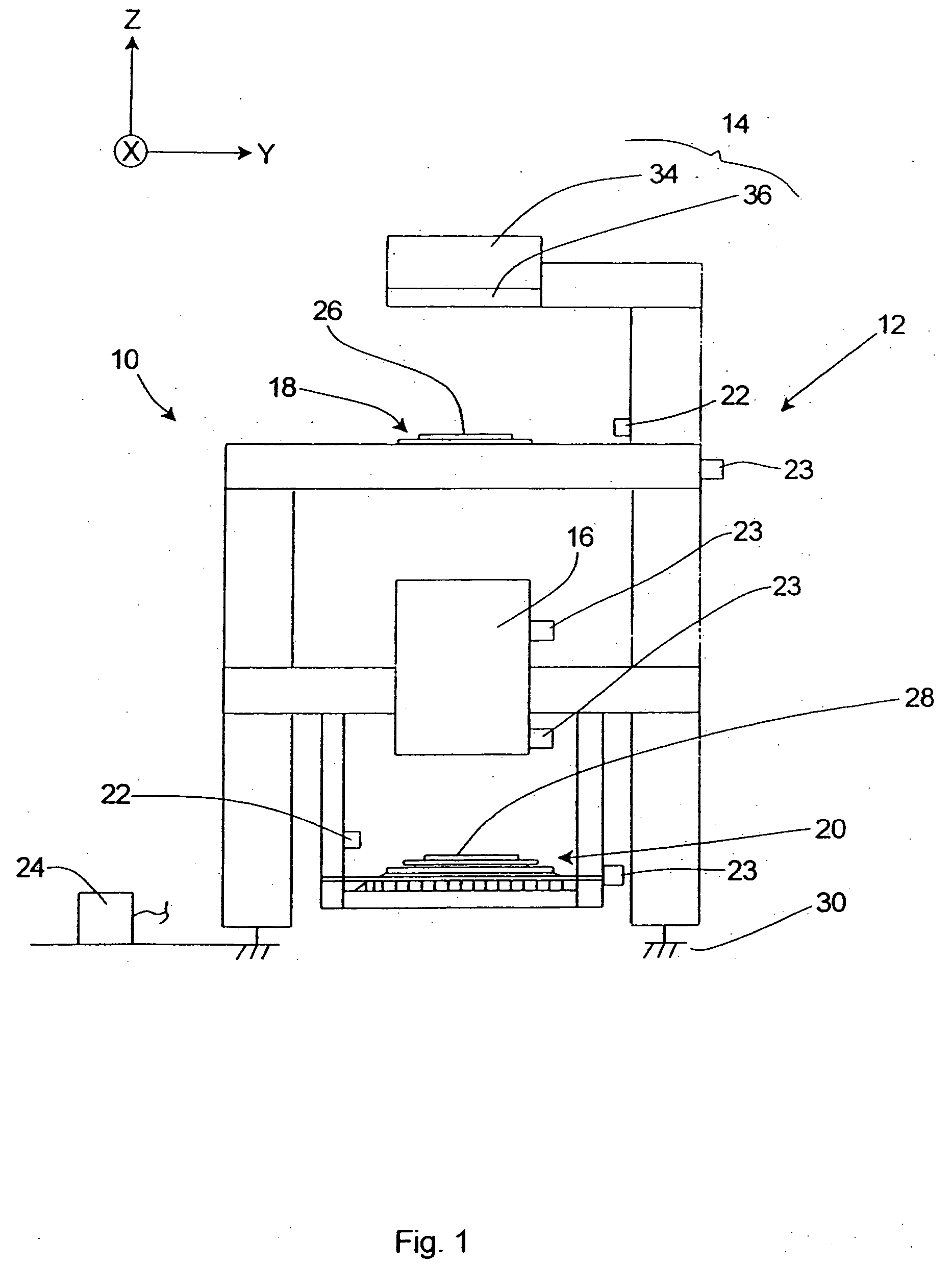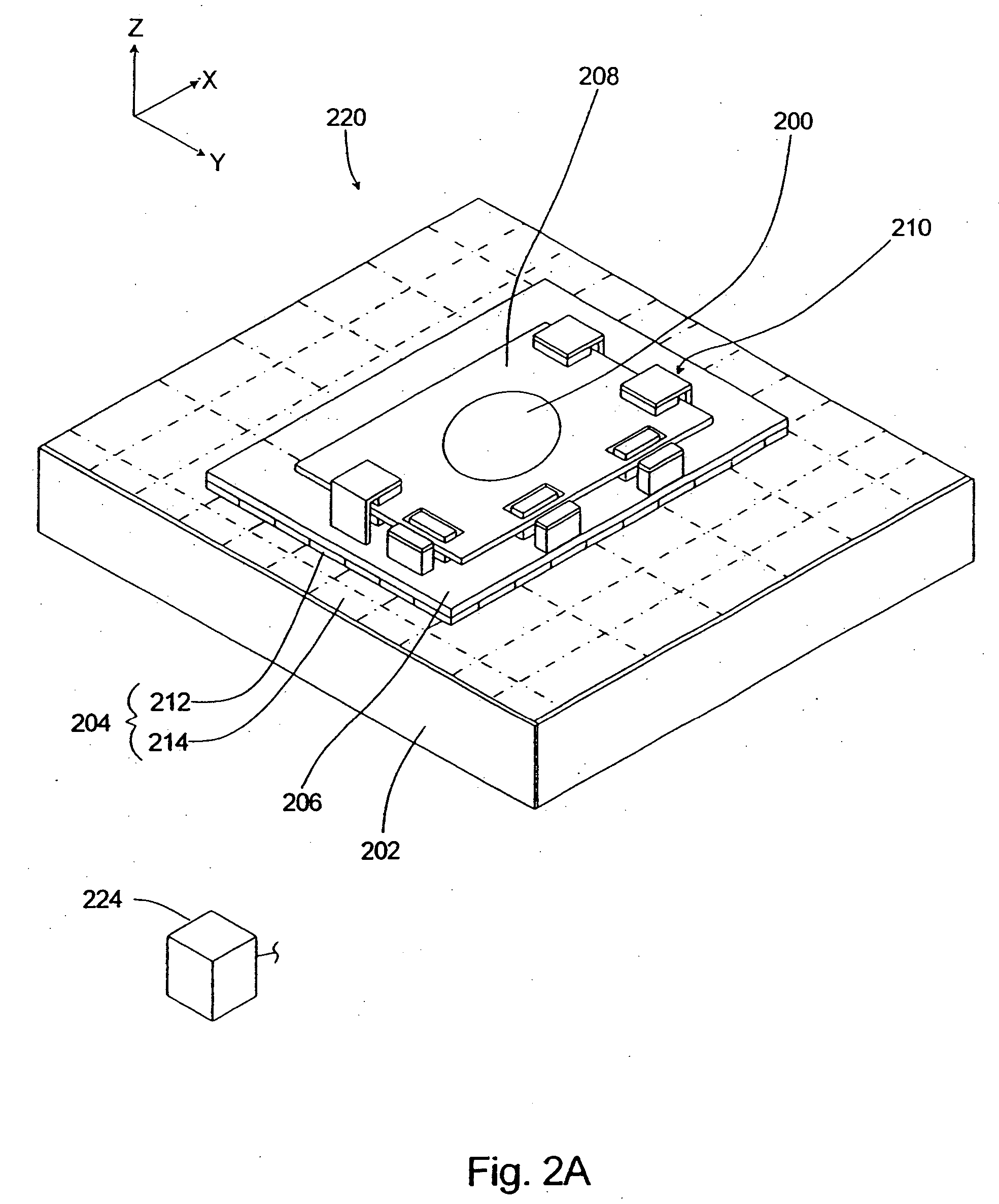Linear motor force ripple identification and compensation with iterative learning control
a technology of linear motor and learning control, applied in the direction of program control, dynamo-electric converter control, instruments, etc., can solve the problems of alignment errors, slight delay between current and follow-up error of wafer stage and/or reticle stage, etc., to achieve high acceleration, high speed, and high accuracy of lithography system
- Summary
- Abstract
- Description
- Claims
- Application Information
AI Technical Summary
Benefits of technology
Problems solved by technology
Method used
Image
Examples
Embodiment Construction
[0053] Lithography systems demand high acceleration, high speed and extreme accuracy on the motion of mechanical stages. Conventional following error driven feedback controls such as PID alone cannot meet the performance requirement due to the closed-loop bandwidth limitations from the mechanical resonance modes and electrical amplifiers. Although the system performance may be enhanced by feedforward control and feedback linearization, the models may not be accurate enough to meet the performance specification due to the system complexity. Due to the repetitive pattern of the step-scan-and-repeat of wafer stage motions, ILC may serve as the final resort to compensate all the repetitive residual following errors to ensure excellent settling time and accuracy.
[0054] Iterative learning control (ILC) has been intensely studied and applied to many control systems with repetitive motions. In contrast to the general compensations, based on the information of previous time steps, the ILC i...
PUM
 Login to View More
Login to View More Abstract
Description
Claims
Application Information
 Login to View More
Login to View More - R&D
- Intellectual Property
- Life Sciences
- Materials
- Tech Scout
- Unparalleled Data Quality
- Higher Quality Content
- 60% Fewer Hallucinations
Browse by: Latest US Patents, China's latest patents, Technical Efficacy Thesaurus, Application Domain, Technology Topic, Popular Technical Reports.
© 2025 PatSnap. All rights reserved.Legal|Privacy policy|Modern Slavery Act Transparency Statement|Sitemap|About US| Contact US: help@patsnap.com



